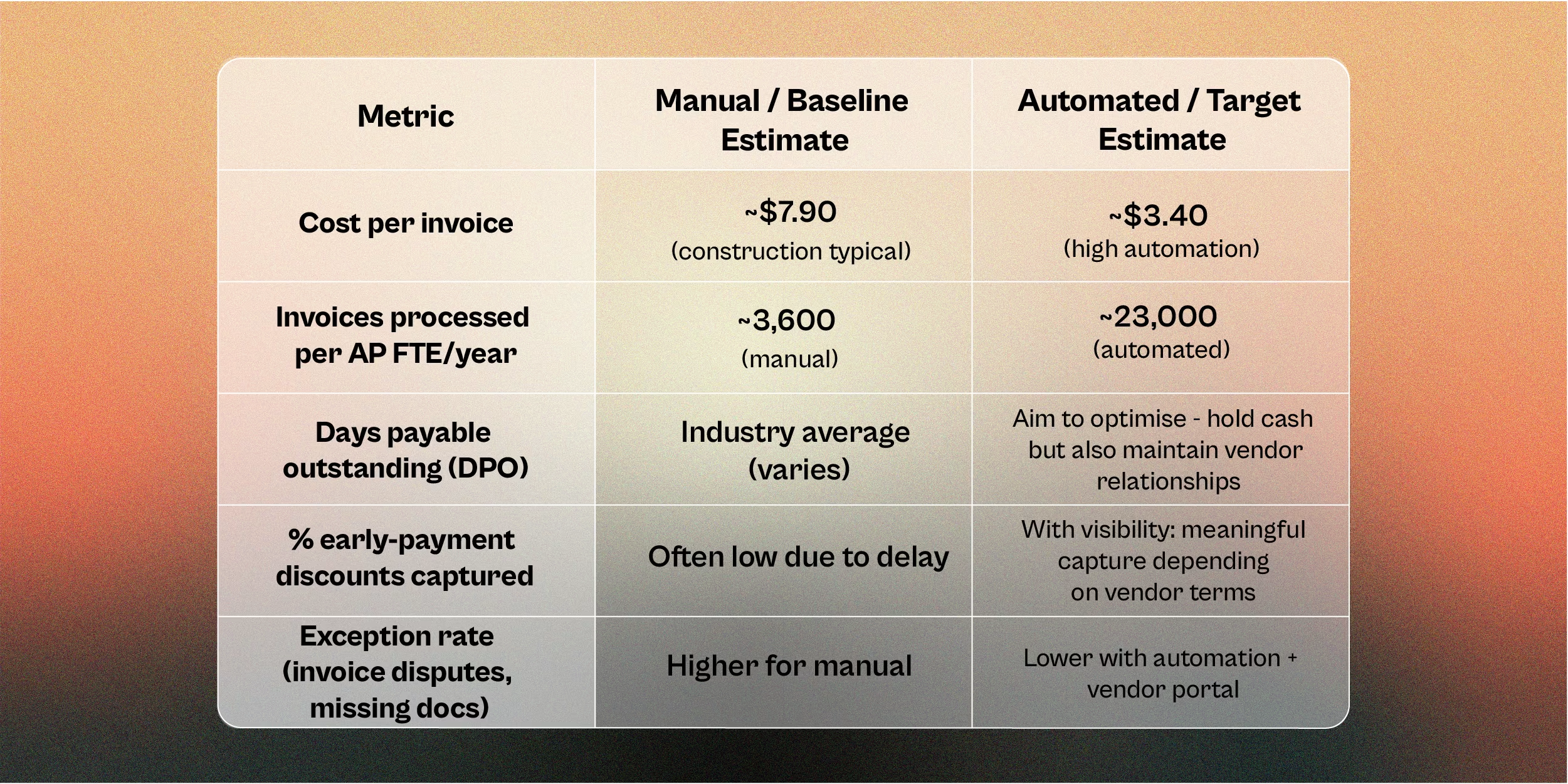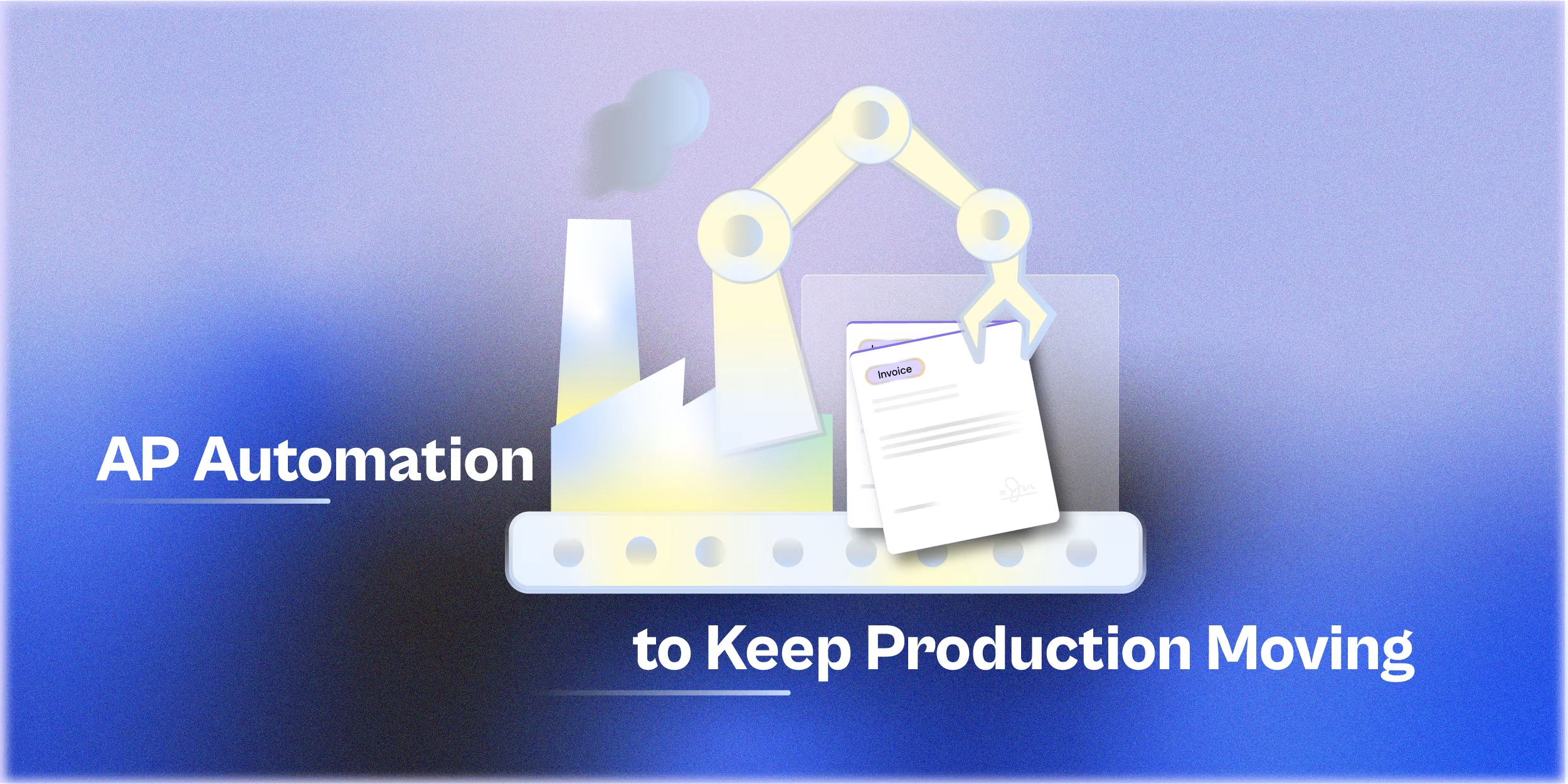In the construction industry, the finance function is tasked with far more than just paying bills and reconciling accounts. When you’re juggling multiple job sites, hundreds of vendors (subcontractors + suppliers), draw schedules, compliance (lien waivers, insurance certificates) and shifting cash‑needs, traditional accounts payable (AP) and treasury processes quickly become bottlenecks.
The problem: Unique AP & treasury pitfalls in construction
The construction sector poses several specific challenges for AP and treasury disciplines that generic finance organisations don’t always face:
- Multi‑project tracking & cost allocation: Each job has its own cost code, vendor list, approval path and funding timeline. A generic AP system may not capture job‑level granularity.
- Diverse vendor ecosystem: You deal with subcontractors, materials suppliers, rental equipment vendors, often each with different billing terms, formats and documentation.
- Compliance & documentation (liens, retainage, draw schedules): Payments often hinge on approved work/milestones, lien waivers and compliance certificates. Missed documents delay payables and draws.
- Cash & treasury pressure: Projects often require large upfront or milestone‑based payments, while revenue (or funding) may lag. Delay in paying vendors or subcontractors can halt work, harm relationships or trigger legal risk.
- Field‑based approvals & decentralised operations: Invoices from job sites may need onsite manager sign‑off, mobile approvals or remote connectivity. Manual processes stall here easily
These pain points translate into late payments, missed early‑payment discounts, high cost per invoice, increased risk of duplicate payments, poor visibility into committed spend and strained vendor/lender relationships.
Data‑backed impact points
What does automation unlock? Here are key impact points with supporting data:
- Processing volume improvement: In the construction & real estate sector, highly automated teams processed ~23,000 invoices per FTE annually vs ~3,600 for limited automation. That’s ~6.4× productivity.
- Cost per invoice reduction: ~$7.90 per invoice for manual vs ~$3.40 for highly automated.
- Cash flow & vendor relationships: Automation provides real‑time visibility into outstanding payables, enabling strategic payment timing (e.g., capturing early‑payment discounts) instead of reactive “just pay it” behaviour.
- Risk mitigation & compliance: Automated workflows with built‑in rules (invoice vs PO matching, budget check, approvals) reduce errors, duplicates and ensure document compliance (liens/insurance).
- Visibility & strategic decision‑making: Centralised dashboards and analytics enable AP/treasury teams to shift from processing mode to strategic cash/funding management.
Strategic implications for construction finance & treasury
Here are the practical strategic implications to guide your finance leadership:
- Shift AP/treasury from cost centre to strategic lever
Automating AP/treasury allows you to treat payables and vendor payments as tools for working capital optimisation, rather than just execution functions. For example: choose when to pay (but within agreed terms) to improve cash‑flow runway and vendor/lender trust. - Enable project funding agility
With approval bottlenecks cleared and invoices match‑linked to draw schedules, treasury can align disbursements to project milestones and funding events, thereby accelerating project progress and reducing idle capital. - Strengthen vendor & subcontractor relationships
When your finance organisation reliably pays on time (or offers early‑payment programmes), you build stronger relationships with subcontractors and suppliers. That reliability reduces delays, disputes, and holds on job sites. - Improve audit readiness & compliance
Construction projects carry higher risk of lien claims, insurance gaps and audit scrutiny. Automated workflows capture required documentation (liens, COIs) and provide audit trails. That reduces legal/financial risk and supports lender confidence. - Scale without proportional headcount growth
As your firm grows (new jobs, more vendors, more projects), automation decouples transaction volume growth from staffing growth. In other words: you don’t necessarily need to double AP/treasury headcount when revenue doubles.
ROI benchmarks & measurable metrics
Here’s a summary table of benchmarks and metrics mid‑market construction finance teams should track and aim for:

Key take‑aways:
- Even modest reduction in cost per invoice drives substantial savings for firms processing thousands of invoices annually.
- Processing volume improvement translates directly into headcount and overhead avoidance (scaling benefit).
- Stronger cash‑flow visibility and payment discipline support vendor/supplier stability, reduce risk and improve project delivery outcomes.
For construction firms, automating accounts payable and treasury workflows is no longer optional, it’s a strategic imperative. When you streamline invoice intake, approvals, vendor/subcontractor onboarding, payment scheduling and integrate cash/treasury visibility, you unlock productivity, strengthen vendor and lender trust, improve working capital and support project delivery.
As your firm grows and project complexity increases, treating AP and treasury not as back‑office functions but as strategic enablers will position finance leadership as a key driver of performance, not just oversight. If your AP/treasury operation still relies heavily on spreadsheets, paper invoices, and manual approvals, now’s the time to act.
Ready to see how Finofo’s AP & global payments automation platform can support your construction‑finance workflows? Schedule a free demo today.







